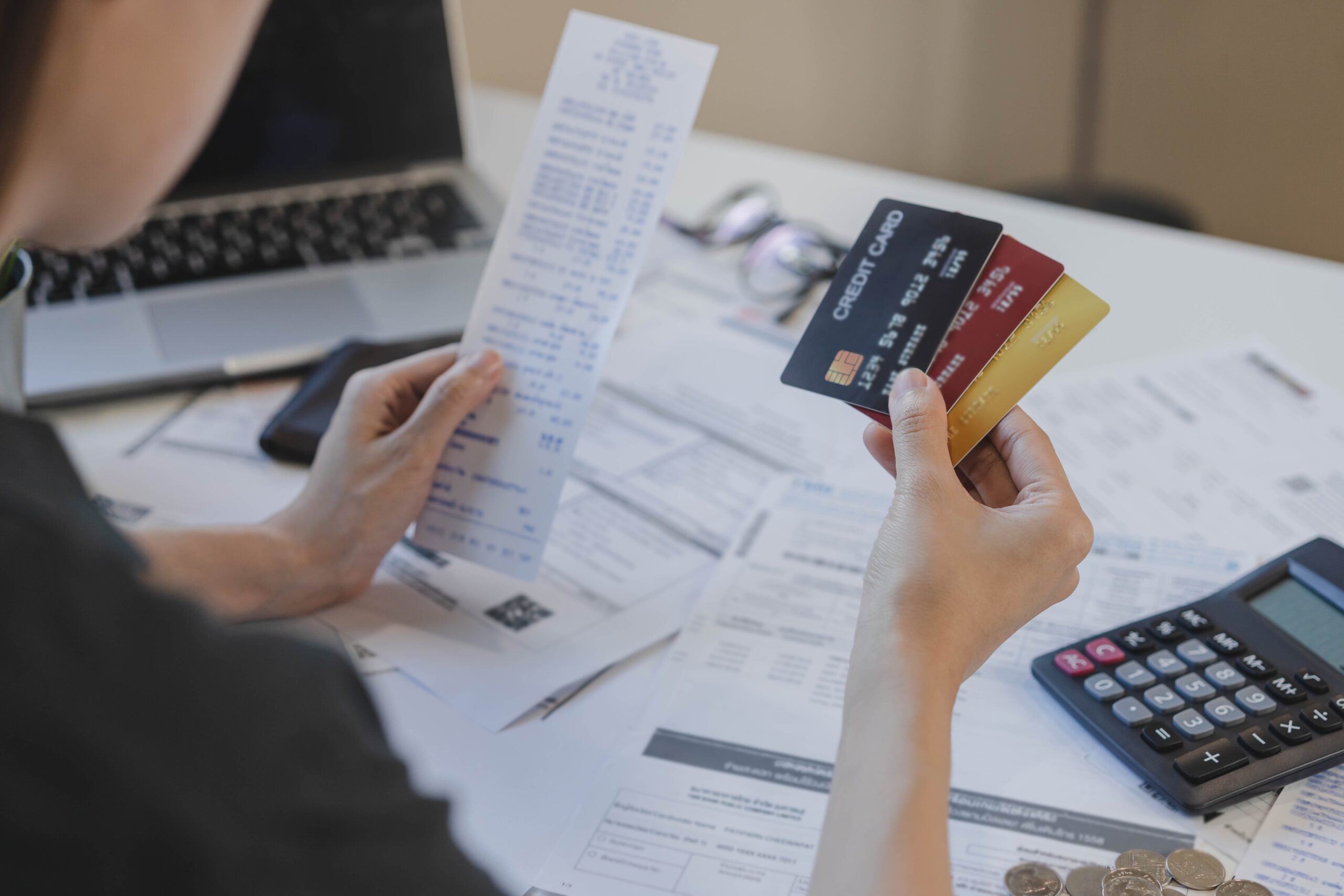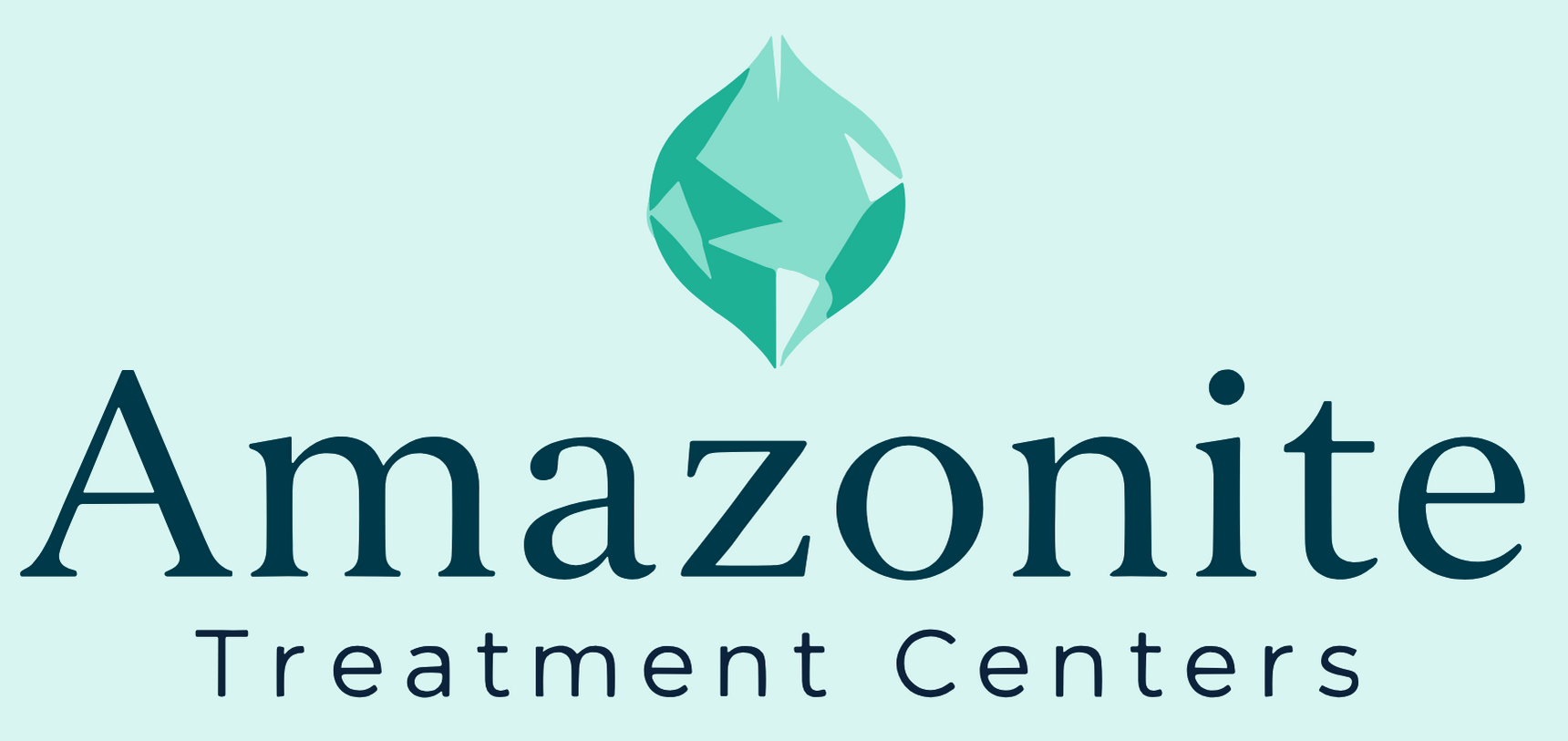Am I Addicted to Shopping?
When “Retail Therapy” Starts Feeling Like a Trap
We’ve all felt that little thrill—adding something new to our cart. But when shopping becomes less about need and more about filling a void, it may not be retail therapy anymore—it might be an addiction. At Amazonite Treatment Center, we recognize how deeply shopping addiction, also known as compulsive buying, can affect someone’s mental health, finances, and emotional well-being. Understanding the signs—and knowing you deserve help—is the first step toward real recovery.
What Is Shopping Addiction (Compulsive Buying Disorder)?
Shopping addiction involves an uncontrollable urge to buy things—even when you can’t afford them or don’t need them. Also known as compulsive buying disorder, psychologists link it to behavioral addiction patterns like gambling or video game dependency. When it moves beyond pleasure and starts damaging daily life, that’s when it becomes serious.
Common Signs You Might Be Addicted to Shopping

Spending beyond your means or racking up debt
Planning, then feeling powerless to resist the urge to buy
Experiencing guilt or anxiety after purchases
Spending more time shopping than enjoying your items
Using shopping to cope with sadness, stress, or boredom
The Science Behind It—Why Shopping Can Feel Addictive
Shopping lights up the brain’s reward circuits, triggering the release of dopamine—the same chemical released during other addictive behaviors. This cycle of craving and temporary satisfaction, sometimes referred to as retail therapy, can backfire and create dependence.
And with online shopping and social media algorithms nudging impulsive buying, resisting temptation has never been harder.
Real Stories That Shine a Light
- Zoe’s Story: She spent $30,000 of her family savings in late-night online splurges—until hitting rock bottom, she hadn’t seen how much “retail therapy” cost her.
- Hannah’s Recovery: A fashion marketer spending $1,000 a month finally regained control after committing to a 90-day buying break—and now helps others in recovery.
Why Seeking Help Matters—and Works

Shopping addiction often hides in plain sight—even long before people seek treatment. But when left unaddressed, it can lead to severe financial, emotional, and interpersonal consequences.
The good news? Behavioral therapies like CBT and group support offer strong guidance in shifting the compulsion into control. Research shows that therapy, accountability strategies, and relapse prevention planning can restore well-being.
What to Do If You Recognize These Signs
Pause before buying—let the urge pass for 24 hours
Keep a spending and emotion journal—note the triggers behind each purchase
Talk to someone you trust or seek professional help early
Final Thoughts: You’re Not Broken—You’re Craving Healing
If you’re wondering, “Am I addicted to shopping?”, you’re already more self-aware than most. And that’s powerful.
“We do not treat this type of addiction; this is only an informative article.”
